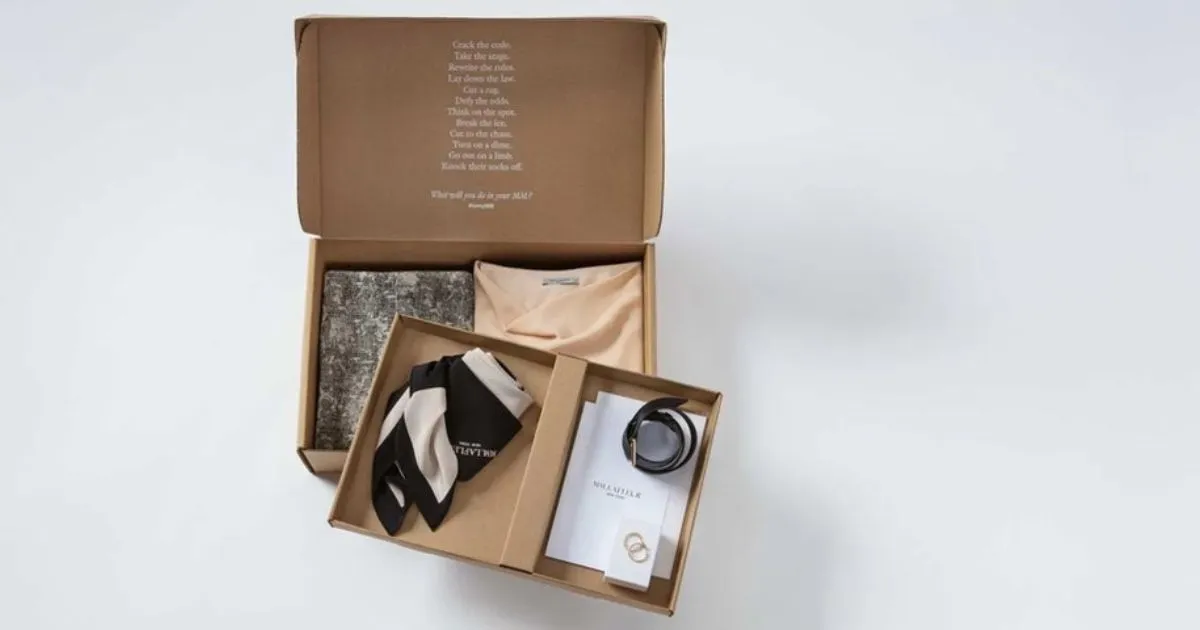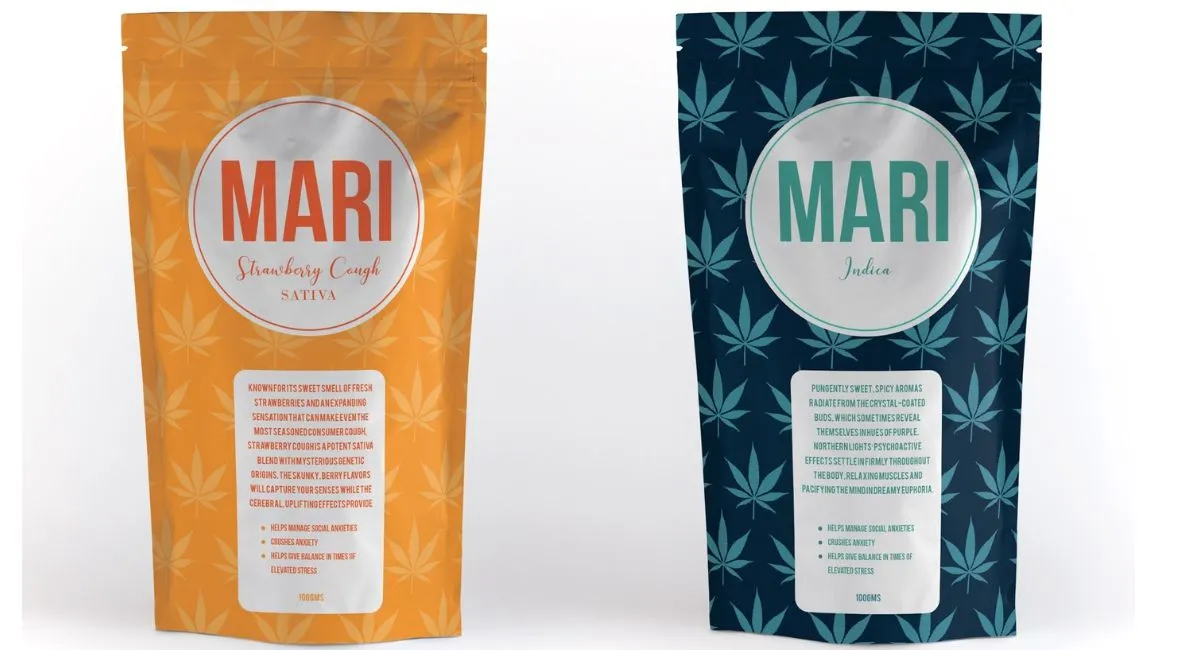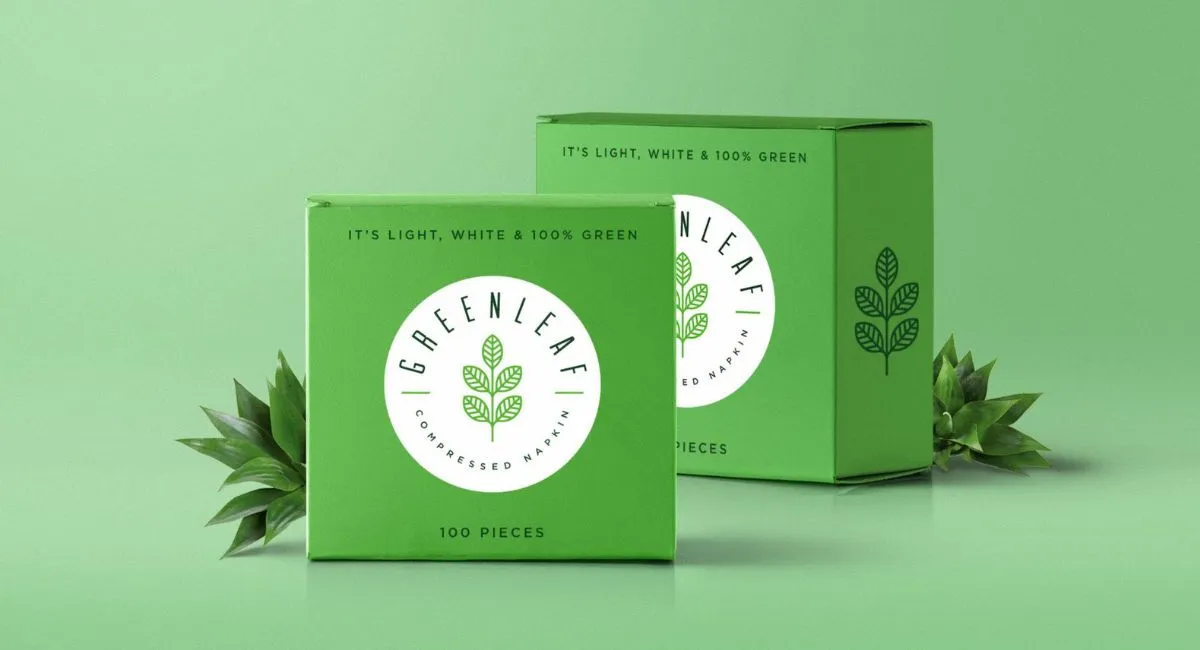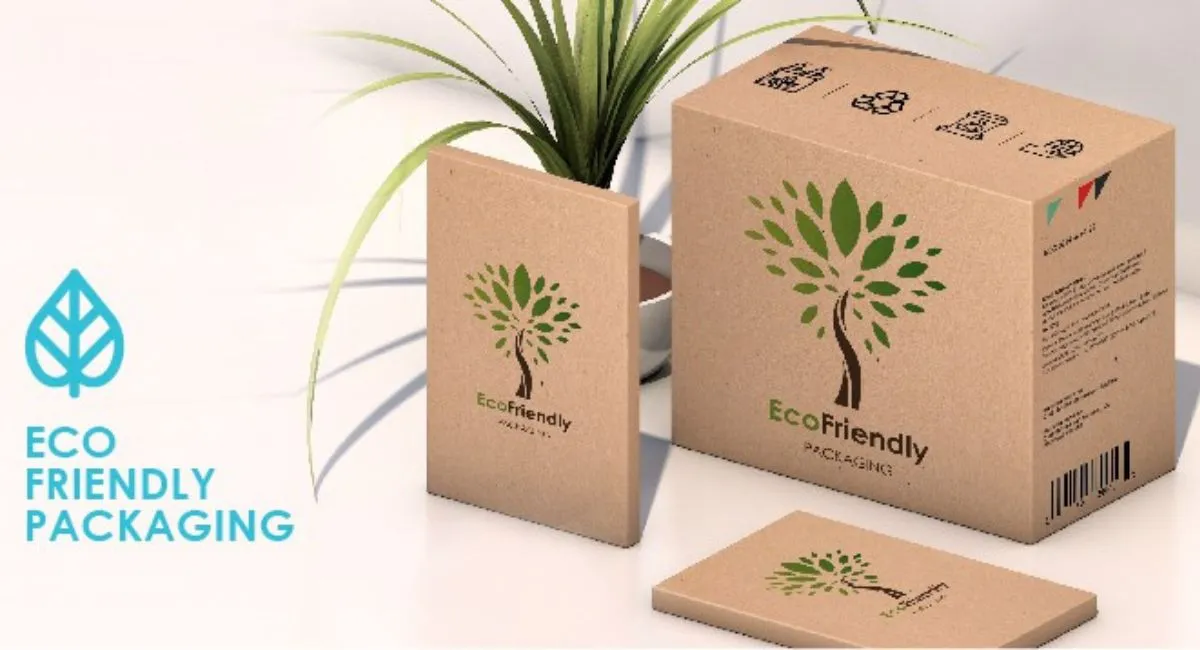What is a Dieline? How to Make a Dieline for Packaging and Printing
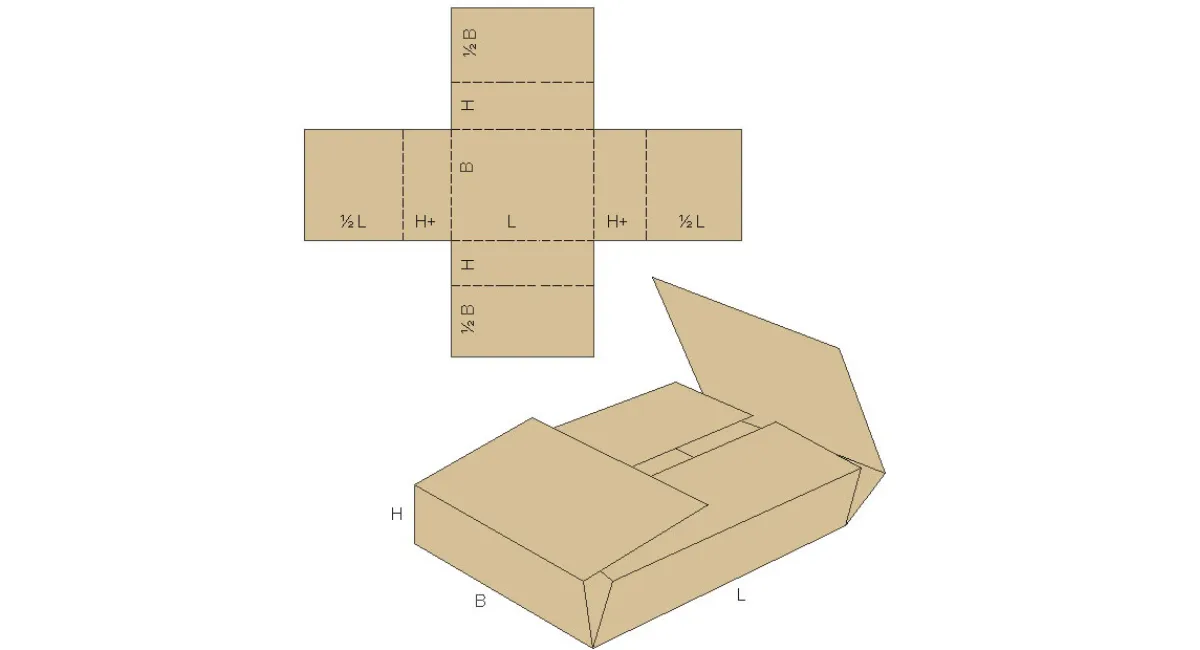
In the world of packaging and printing, dielines serve as the essential blueprint for product packaging, guiding the creation process from design to finished product. A dieline is not just a line; it’s the roadmap that ensures packaging is functional, appealing, and perfectly tailored to the product it encloses. Whether you’re a designer, a product manufacturer, or packaging-curious, understanding dielines is pivotal. This blog post delves into what dielines are and their significance, and it is a step-by-step guide on creating one for your packaging and printing needs.
Understanding Dielines
A dieline is a template that indicates all the fold lines, cut lines, perforations, and glue tabs of a packaging design. It is essentially the skeleton around which the packaging is built, providing precise measurements and guidelines to ensure the final product is exactly as envisioned. When unfolded, a dieline reveals the package’s flat layout as a critical tool for designers and printers to visualize and prepare the packaging.
The Significance of Dielines
Dielines are not merely technical drawings; they bridge a product’s brand, physical form, and customer experience. A well-designed dieline ensures that packaging looks appealing and functions correctly, protecting the product and providing a satisfying unboxing experience. Moreover, dielines facilitate the efficient use of materials and minimize waste, contributing to more sustainable packaging solutions.
How to Make a Dieline for Packaging and Printing
Creating a dieline might seem daunting initially, but it becomes an exciting part of the packaging design process with the right approach. Here’s how to get started:
Understand Your Product
Before drawing the first line, thoroughly understand the product you’re packaging. Consider its size, shape, weight, and how it will be displayed or shipped. This will help you determine the type of packaging needed and the structural requirements to protect and present the product effectively.
Choose Your Software
Most professional packaging dielines are created using vector-based software like Adobe Illustrator. These programs allow for precise measurements and adjustments, ensuring your dieline is accurate and scalable.
Begin With the Basics
Start by outlining the basic shape of your package. This involves drawing the flat layout of the box, including the face, back, sides, top, and bottom. Use your product dimensions as a guide to ensure the packaging will fit snugly around the item.
Add the Fold Lines and Cut Lines
Once the basic shape is established, add lines to indicate where the package will be folded and cut. Dashed lines usually represent fold lines, while cut lines are solid. This distinction helps printers and assemblers understand precisely how to construct the packaging.
Include Bleeds and Artwork
If your packaging features graphics or colours that extend to the edge, include bleed areas in your dieline. Bleeds are extra spaces around the edge of your design that allow for printing inconsistencies, ensuring that no unprinted edges appear in the final product. Incorporate your artwork into the dieline, adjusting for folds and cuts to ensure a seamless design.
Test and Adjust
Before finalizing your dieline, create a prototype to test its form and function. Print your dieline on paper or cardstock, cut it out, and assemble it. This test run allows you to spot any design, fit, or structural integrity issues, enabling you to make necessary adjustments.
Collaborate with Your Printer
Once your dieline is designed, consult with your printer. They can provide valuable insights into material choices, printing techniques, and any adjustments needed to ensure the best possible outcome. Your printer’s expertise can also help you optimize your design for cost-efficiency and sustainability.
Conclusion
Dielines are the foundation for practical, functional, and visually appealing packaging. By understanding and mastering the art of dieline creation, you can ensure that your product stands out on the shelf and provides a memorable unboxing experience for your customers. Remember, a well-designed dieline not only represents the shape of your packaging but also embodies the care, thought, and attention to detail you invest in your product. Happy designing!
